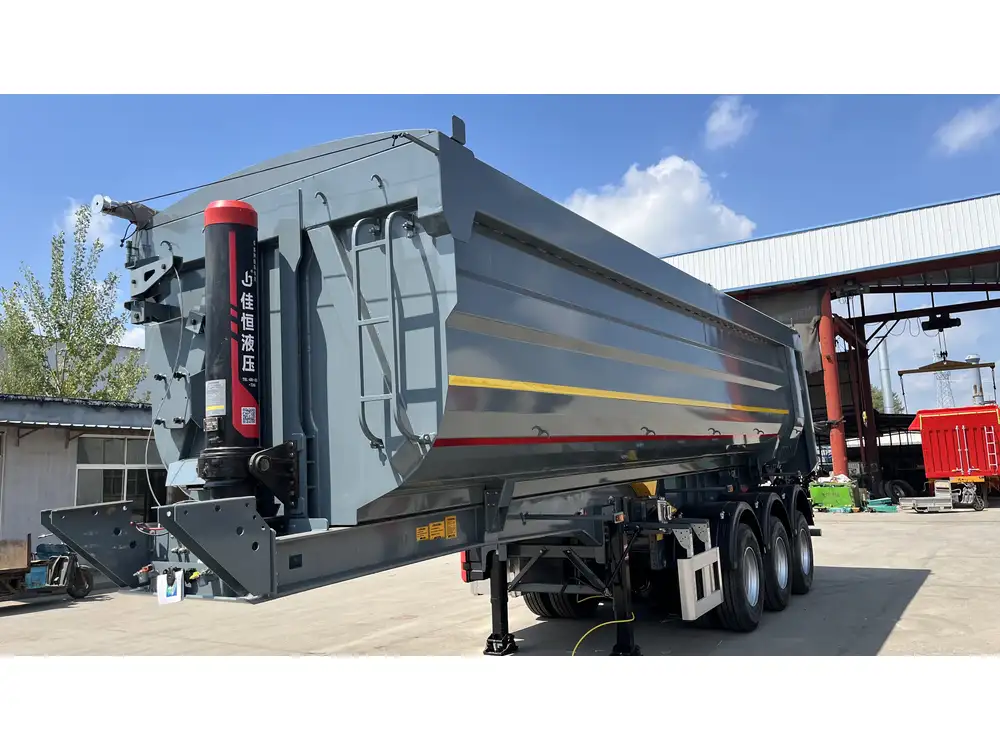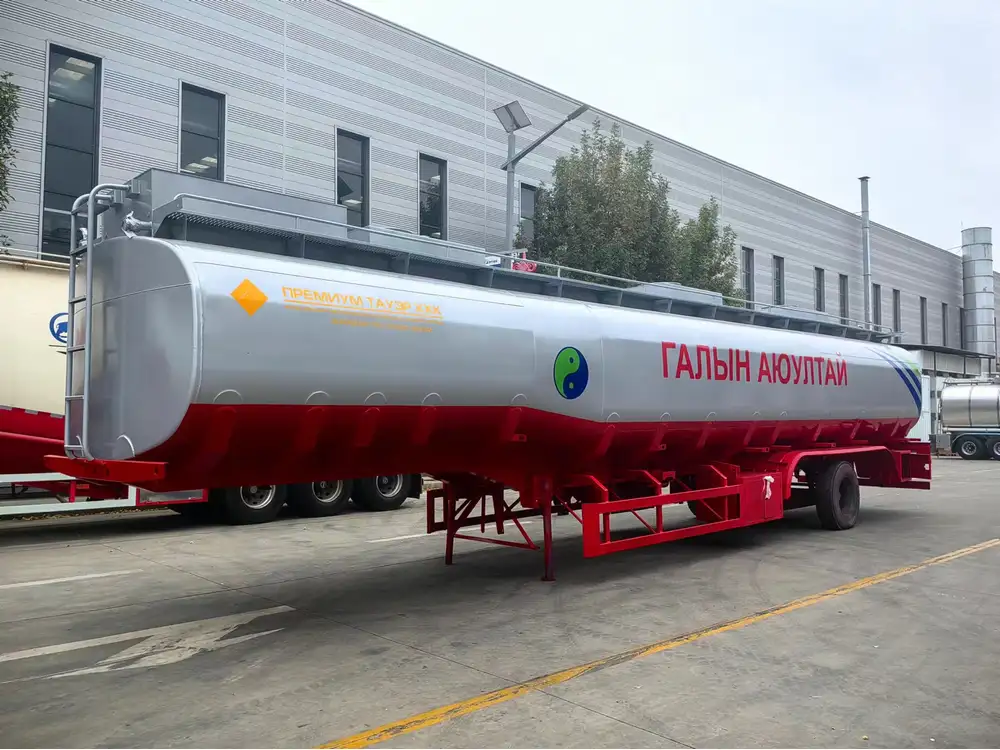When we delve into the realm of heavy-duty transport vehicles, the semi truck stands out as an exemplary embodiment of engineering innovation. Designed for efficiency and stability on the road, these trucks serve as the backbone of goods transportation across vast distances. One common query that arises among operators, logistics managers, and trucking enthusiasts alike pertains to the dimensions of these formidable machines, particularly—how tall is a semi truck without trailer?
In the following sections, we will explore this topic in detail. We will dissect the components that contribute to a semi truck’s height, the variations based on truck types and configurations, and the regulatory implications tied to vehicle dimensions.
Anatomy of a Semi Truck: A Brief Overview
To understand height, one must first grasp the construction of a semi truck. A fully functional semi truck typically consists of two main parts: the tractor and the trailer.
| Component | Description |
|---|---|
| Tractor | The front part, which houses the engine, cabin, and drive train. This is where the driver operates the vehicle. |
| Trailer | The rear section where cargo is loaded and transported. Depending on the type, trailers can vary dramatically in height and design. |
Height Specifications: Tractor Without Trailer
The average height of a semi truck’s tractor, when disconnected from its trailer, generally ranges from 12 to 13.5 feet (about 3.66 to 4.11 meters). This variation depends on several factors, including the model of the truck and specific design features.

Factors Influencing Height
- Cab Design: Many modern trucks feature different cab styles (day cab vs. sleeper cab), affecting overall height.
- Suspension System: Trucks with air suspension can adjust their height for unloading or loading, which can influence the measurement directly after height adjustments.
- Tire Size: Fluctuations in tire size can contribute significant differences to overall height. Trucks outfitted with larger tires will naturally sit higher.
Variations by Truck Type
Different types of semi trucks exhibit distinct height specifications, addressing various operational needs in logistics and transportation.
| Truck Type | Average Height Without Trailer |
|---|---|
| Standard Semi | 12–13.5 feet (3.66–4.11 meters) |
| Low-Rider Semi | 11–12 feet (3.35–3.66 meters) |
| Heavy-Duty Hauler | 13–14 feet (3.96–4.27 meters) |
Comparative Analysis of Types
- Standard Semi: Most common in freight transportation, designed for long-haul travel.
- Low-Rider Semi: Ideal for environments requiring lower clearance. Commonly used for heavy equipment transport.
- Heavy-Duty Hauler: Built with an emphasis on handling extraordinarily heavy loads, they often feature more robust dimensions.

Regulatory Implications of Truck Height
Height restrictions play a crucial role in transportation logistics. Various regulations govern the maximum allowable height for vehicles, which are essential for safe navigation under bridges and overpasses.
National and State Regulations
In the United States, the maximum allowable height for trucks operating on highways is typically set at 13.5 feet (approximately 4.11 meters), although specific states might impose different restrictions due to local geographical features or infrastructure.
| State | Height Limit |
|---|---|
| Texas | 13.5 feet (4.11m) |
| California | 14 feet (4.27m) |
| Florida | 13.5 feet (4.11m) |
Navigating these regulations is critical as exceeding height limits can lead to costly fines and rerouting, which disrupts logistical efficiencies.
Space Considerations in Operations
Understanding the height of a semi truck without trailer transcends mere curiosity; it serves practical purposes in operations, such as:

Bridge and Overpass Clearance
Planning routes that consider the actual height of the vehicle helps avoid accidents involving collisions with overpass structures. Here are some practical applications in route planning:
- Mapping and GPS Systems: Today’s systems are equipped to provide information regarding vehicle height alongside road restrictions.
- Pre-Trip Inspections: Drivers should maintain awareness of truck heights, especially when heading toward loading docks or low-clearance tunnels.
Storage and Parking Strategies
Height also impacts garage and storage specifications. Operators of trucking fleets need to consider:
- Indoor Parking: Ensuring that garages have adequate height to house the trucks without requiring them to navigate tight spaces.
- Cargo Loading Docks: Ensuring that loading points are accessible without the risk of damaging both the truck and the docking infrastructure.
Practical Tips for Height Management
To enhance operational safety and compliance, here are several strategies to consider:

Consistent Pre-Trip Height Checks
Prior to embarking on a trip, a quick measurement can help in ensuring compliance. Simple tools and methods can be adopted:
- Height Stick: A straightforward measuring tool can be carried aboard to verify height before approaching restrictive areas.
- Using Standardized References: Familiarity with the average heights of common infrastructure can assist in maintaining safe distances.
Integrating Technology with Training
Modern fleet management systems often include modules for regulatory compliance. Investing in training for drivers and logistics managers encapsulates effective height management and ensures that drivers are equipped with the necessary knowledge to make safe, informed choices.
Conclusion: The Importance of Understanding Height Dimensions
In summary, comprehensively understanding how tall a semi truck is without its trailer enriches our approach to logistics management significantly. Through careful analysis of vehicle anatomy, height specifications influenced by truck type and design, regulatory frameworks, and practical strategies for operational efficiency, we can facilitate better planning and execution in the trucking industry.
The semi truck, with its average height ranging from 12 to 13.5 feet, serves as more than just a vehicle—it is an intricate part of the multifaceted logistics network that empowers global trade. By staying informed, employing proactive strategies, and utilizing emerging technologies, stakeholders can enhance safety and operational efficacy in one of the most demanding sectors worldwide.



